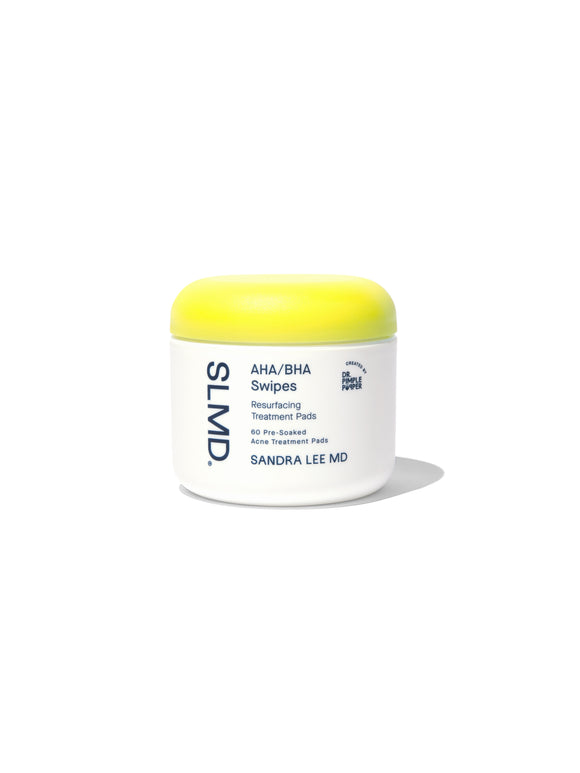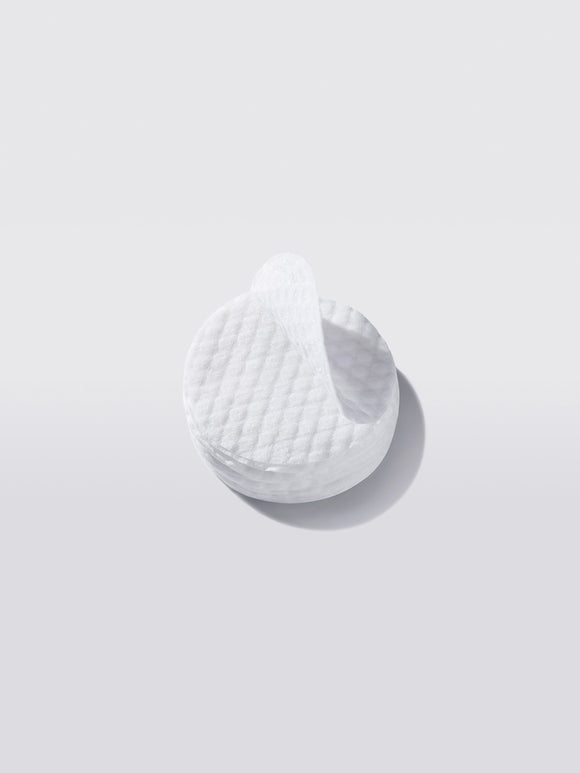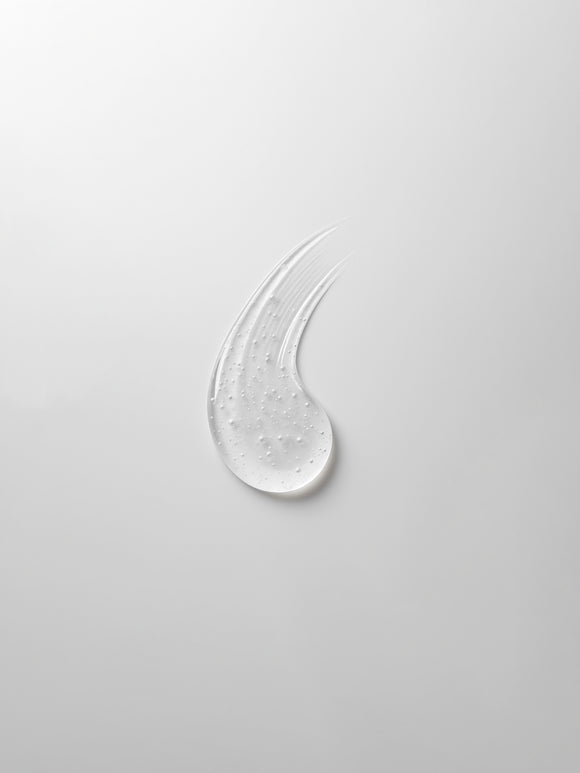
Anti-Aging Skincare vs. In-Office Treatments: What Works Best?
Want to look younger? When to shop the skincare aisle, and when to book an appointment.
Published:
7 minute read
If you’re grappling with signs of aging like fine lines, wrinkles, or dark spots, you may be wondering: can anti-aging skincare really deliver the same results as in-office treatments? With so many options—from retinol creams to laser resurfacing—it can be tough to know whether you should rely on over-the-counter products or consult a dermatologist.
To help clear up this common dilemma, we consulted board-certified dermatologist Dr. Sandra Lee (aka Dr. Pimple Popper) to break down when at-home treatments are enough and when it’s time to consider professional treatments for more dramatic results. Here’s how you can make the best decision for your skin.
What’s the difference between at-home skincare and in-office treatments?
This may seem like a no-brainer, but do you actually know the difference between something like a prescription retinoid and over-the-counter retinol? What about an at-home glycolic acid treatment versus an in-office chemical peel? Dr. Lee explains that confusion about medical-grade products and treatments versus what’s available on store shelves is common—mainly because many people assume "stronger" always means "better."
However, that’s not always the case. According to Dr. Lee, starting with smaller concentrations of active ingredients and gradually escalating (over a matter of months) yields the best results. Let’s break down some of the most common skin concerns and compare what you can expect from at-home treatments versus in-office procedures.
Dr. Pimple Popper's Age-Defying Skincare Picks
#1 Fine lines and wrinkles
When it comes to premature aging, prevention is key. Intrinsic aging (natural aging) is inevitable, but extrinsic aging—caused by sun exposure, smoking, etc.—can be prevented with sunscreen and healthy lifestyle choices. However, if fine lines and wrinkles have already appeared, there are effective treatments available for both at-home and in-office use.
At-home options
- Retinoids: Research shows that retinoids, such as over-the-counter retinol, are incredibly effective at minimizing fine lines and wrinkles, and boosting collagen production. Expect to see some results in 4-6 weeks, with full benefits appearing after about a year.
- Prescription retinoids: Prescription-strength tretinoin can work faster, but it also carries a higher risk of irritation.
- Vitamin C: Clinically proven to stimulate collagen and elastin production while preventing photoaging.
Try: SLMD Retinol Resurfacing Serum, Vitamin C Serum, Facial Moisturizer w/Vitamin C
In-office options
- Injectables: Dermatologists can inject hyaluronic acid fillers or Botox to smooth out fine lines and add volume to the skin, offering immediate results.
- Chemical peels: Solutions like glycolic acid or TCA peels target fine lines and improve texture.
- Laser resurfacing: Non-ablative lasers stimulate collagen production, while ablative lasers remove layers of the skin for more dramatic results.
Effectiveness comparison
- Skincare: Retinoids and vitamin C serums work gradually and are ideal for long-term maintenance and prevention.
- In-office: Professional treatments like Botox and laser resurfacing offer faster, more noticeable improvements, especially for deeper lines.
#2 Hyperpigmentation: Dark spots and uneven skin tone
Hyperpigmentation (dark spots) is caused by an overproduction of melanin in the skin. There are several different types of hyperpigmentation:
- Post-inflammatory hyperpigmentation (PIH): Triggered by acne, injury, or trauma to the skin.
- Melasma: Hormonal changes cause darker patches of skin, commonly seen during pregnancy or menopause.
- Sun spots: Also called solar lentigines, these appear due to prolonged UV exposure.
At-home options
- Chemical exfoliants: Over-the-counter exfoliants like salicylic acid and glycolic acid help lighten PIH and improve skin tone.
- Retinol: Increases cell turnover to fade existing dark spots and prevent future ones.
- Vitamin C: Known to inhibit tyrosinase, an enzyme responsible for melanin production, helping prevent future hyperpigmentation.
Try: SLMD AHA/BHA Swipes, Retinol Resurfacing Serum, Vitamin C Serum
In-office options
- Chemical peels: Especially useful for melasma, peels like TCA or glycolic acid are effective at brightening skin tone.
- Lasers: Non-ablative lasers, such as Pico or Q-Switched, can target melanin deposits directly.
- Intense Pulsed Light (IPL): Often used for minimizing sun damage and even out pigmentation.
Effectiveness comparison
- Skincare: Topical treatments work over time and are best for preventing and maintaining results.
- In-office: Lasers and chemical peels can offer more immediate improvements, but need to be tailored to skin type and pigmentation type.
#3 Dullness
A dull complexion is typically the result of factors such as dead skin buildup, dryness, or uneven texture. Promoting smoother, plumper skin will restore that youthful glow.
At-home options
- Exfoliants: Products containing alpha and beta hydroxy acids help remove dead skin cells, unclog pores, and brighten skin.
- Retinoids: Speed up cell turnover to help skin regenerate faster, revealing fresher skin underneath.
- Hyaluronic acid: Provides deep hydration, plumping the skin for a more radiant appearance.
Try: SLMD Salicylic Acid Cleanser, AHA/BHA Swipes, Hyaluronic Acid Moisturizer
In-office options
- Microneedling: Creates tiny micro-wounds in the skin to stimulate collagen production and improve texture.
- Dermaplaning: A manual exfoliation technique where the outer layers of the epidermis are removed.
- Laser treatments: Non-ablative fractional lasers are highly effective at boosting collagen production and improving dullness.
Effectiveness comparison
- Skincare: Exfoliants and retinoids work gradually to refresh skin over time.
- In-office: Microneedling and lasers provide faster, more noticeable results for dull skin, with a focus on improving texture and tone.
#4 Skin sagging
As we age, our skin gradually loses its elasticity, leading to sagging, particularly around the jawline, neck, and cheeks. This is due to the breakdown of collagen and elastin, the proteins that provide structure and support to the skin.
At-home options
- Retinoids: Boost collagen production, which can help firm the skin over time.
- Peptides: These proteins help rebuild skin structure and are a good addition to your anti-aging regimen.
Try: SLMD Retinol Resurfacing Serum
In-office options
- Radiofrequency (RF) therapy: Uses heat energy to stimulate collagen production in the deeper layers of the skin, leading to improved skin firmness.
- Laser skin tightening: Non-invasive laser treatments use light energy to target the deeper skin layers and promote collagen remodeling for tighter skin.
- Microneedling: This technique creates controlled micro-injuries in the skin, triggering the body’s natural healing response to produce more collagen and elastin, improving skin elasticity over time.
Effectiveness comparison
- At-home treatments: Products containing retinoids and peptides can improve skin texture and firmness over time but may not address severe sagging.
- In-office procedures: Non-surgical treatments like radiofrequency and microneedling offer more substantial results by stimulating deeper collagen production, but multiple sessions are often necessary for optimal results.
#5 Volume loss
Volume loss occurs as the fat pads beneath our skin shrink with age, leading to hollow areas around the cheeks, temples, and eyes. This gives the face a sunken appearance, contributing to an aged look.
At-home options
- Hyaluronic acid: This powerhouse ingredient hydrates and plumps the skin by attracting and retaining moisture, helping to restore volume to the skin’s surface.
- Peptides: Peptides promote collagen production, improving the skin's structure and firmness over time, which can help reduce the appearance of hollow areas.
Try: SLMD Hyaluronic Acid Serum
In-office options
- Dermal fillers: Injectable treatments using hyaluronic acid or other materials can restore fullness to areas with volume loss, offering immediate and longer-lasting results.
Effectiveness comparison
- At-home treatments: Hyaluronic acid serums and peptide-based products can help improve the look of mild volume loss by increasing hydration and supporting collagen production, but the effects are temporary.
- In-office procedures: Dermal fillers provide more immediate and substantial volume restoration, with results typically lasting from several months to over a year, depending on the filler used.
Combining at-home skincare with professional treatments
For the best anti-aging results, dermatologists often recommend a combination approach—using at-home skincare products daily while getting in-office treatments periodically. Products like retinoids, vitamin C, and salicylic acid offer great long-term benefits and complement the deeper, more targeted results of procedures like laser resurfacing, microneedling, or injectables.
Dr. Pimple Popper answers anti-aging treatment FAQs
Q: How long does it take to see results from anti-aging skincare?
A: Results from skincare products like retinol or vitamin C usually take 4-6 weeks to show, with full results in about 6-12 months. Learn more in our blog here.
Q: Are in-office treatments worth the cost compared to skincare?
A: Professional treatments can deliver faster, more dramatic results, especially for deep wrinkles or pigmentation, but they are best complemented with a strong at-home skincare routine for maintenance.
Q: Can I combine retinol with in-office treatments?
A: Yes! Retinol can be used alongside treatments like chemical peels or laser resurfacing, but make sure to consult with your dermatologist for personalized advice.
Q: How do I know when to see a dermatologist for anti-aging treatments?
A: If over-the-counter products aren’t giving you the results you want after several months, or you’re dealing with deep wrinkles, significant pigmentation, or textural issues, a dermatologist can recommend stronger, more effective treatments.

Dr. Lee's Last Word
I know a lot of people wonder whether they can use a store bought product to address their skin concerns, or if they need an in-office treatment. My philosophy is to start with high-quality, over-the-counter dermatological ingredients and formulas. If you don’t see the results you want, visit your dermatologist to investigate your options.



























